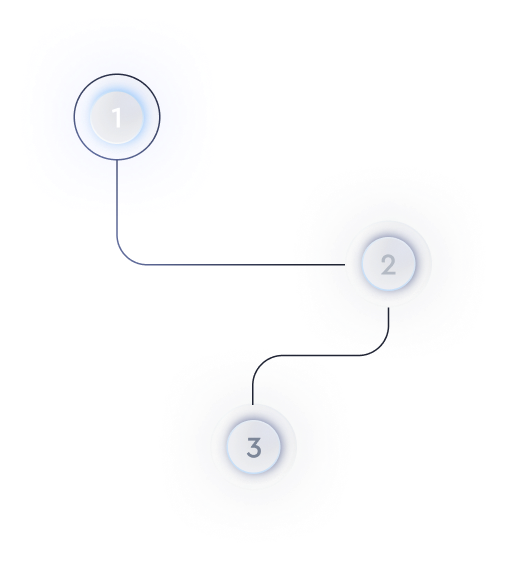How is A/B testing statistical significance explained when analyzing CRO test results?
Understanding Statistical Significance in A/B Testing
When evaluating Conversion Rate Optimization (CRO) test results, it's crucial to determine if the observed differences between the control and variant groups are not just due to chance. This is where statistical significance plays a vital role. Statistical significance helps verify whether the performance of a variation is actually better or worse than the control, rather than being a result of random fluctuations.
Key Concepts in Determining Statistical Significance
- P-value: The p-value measures the strength of evidence against the null hypothesis. It represents the probability of observing the test results, or something more extreme, assuming the null hypothesis is true. A smaller p-value indicates stronger evidence in favor of the alternative hypothesis.
- Confidence Level: This represents the percentage of all possible samples that can be expected to include the true population parameter. A common confidence level used in A/B testing is 95%, indicating that we are 95% confident the observed differences are not due to random chance.
- Null Hypothesis: This is a general statement that there is no effect or difference. In the context of A/B testing, it assumes that any observed difference in conversion rates between the control and variant is due to random variation.
- Alternative Hypothesis: Contrary to the null hypothesis, this hypothesis suggests that there is a significant difference between the groups.
Applying Statistical Significance in CRO Analysis
To make informed decisions about A/B test results, it's essential to apply these concepts systematically. Start by establishing the null and alternative hypotheses before the test begins. This will help clarify what you are testing and aid in interpreting results later.
Once the test concludes, calculate the p-value to assess the statistical significance. If the p-value is below a pre-determined threshold (often 0.05), you can reject the null hypothesis and conclude that the variation has a statistically significant impact on conversion rates.
Maintain a robust understanding of statistical power and sample size. These factors strongly influence the reliability of the results. Ensure that your sample size is large enough to detect meaningful differences, but also keep testing duration in mind to avoid prolonged exposure to potentially ineffective changes.
Best Practices for Analyzing Statistical Significance
Even with statistically significant results, caution is advised before implementing changes. Consider additional analyses, such as segment analysis, to ensure that results apply consistently across different user groups.
- Consider real-world significance: Determine if the observed differences translate to valuable improvements in revenue or user engagement.
- Monitor external variables: Be aware of potential external influences such as marketing campaigns or seasonality that could skew results.
- Replicate findings: Conduct subsequent experiments to verify results and build confidence in the findings before rolling out changes universally.
By carefully considering these aspects of statistical significance in A/B testing, you'll be better equipped to make informed decisions that optimize your conversion rate while minimizing the risk of erroneous conclusions.

